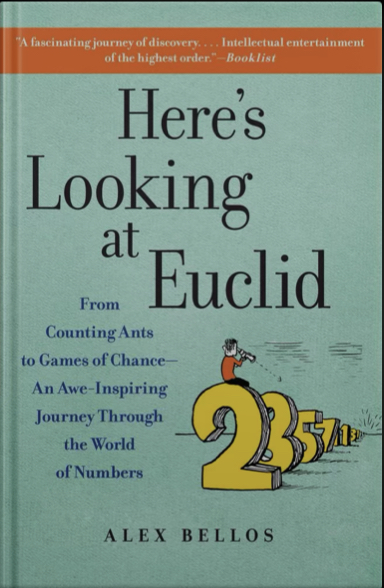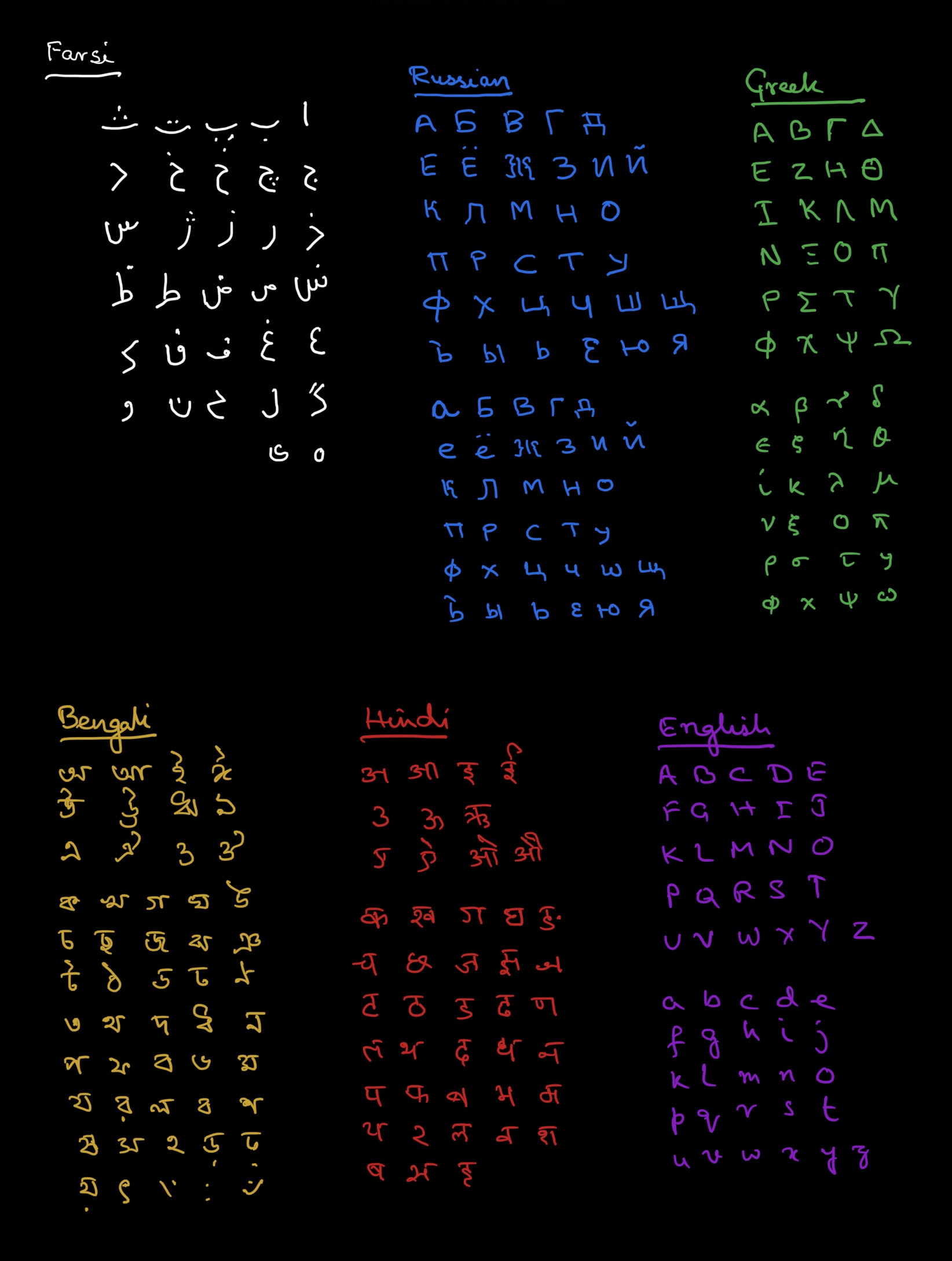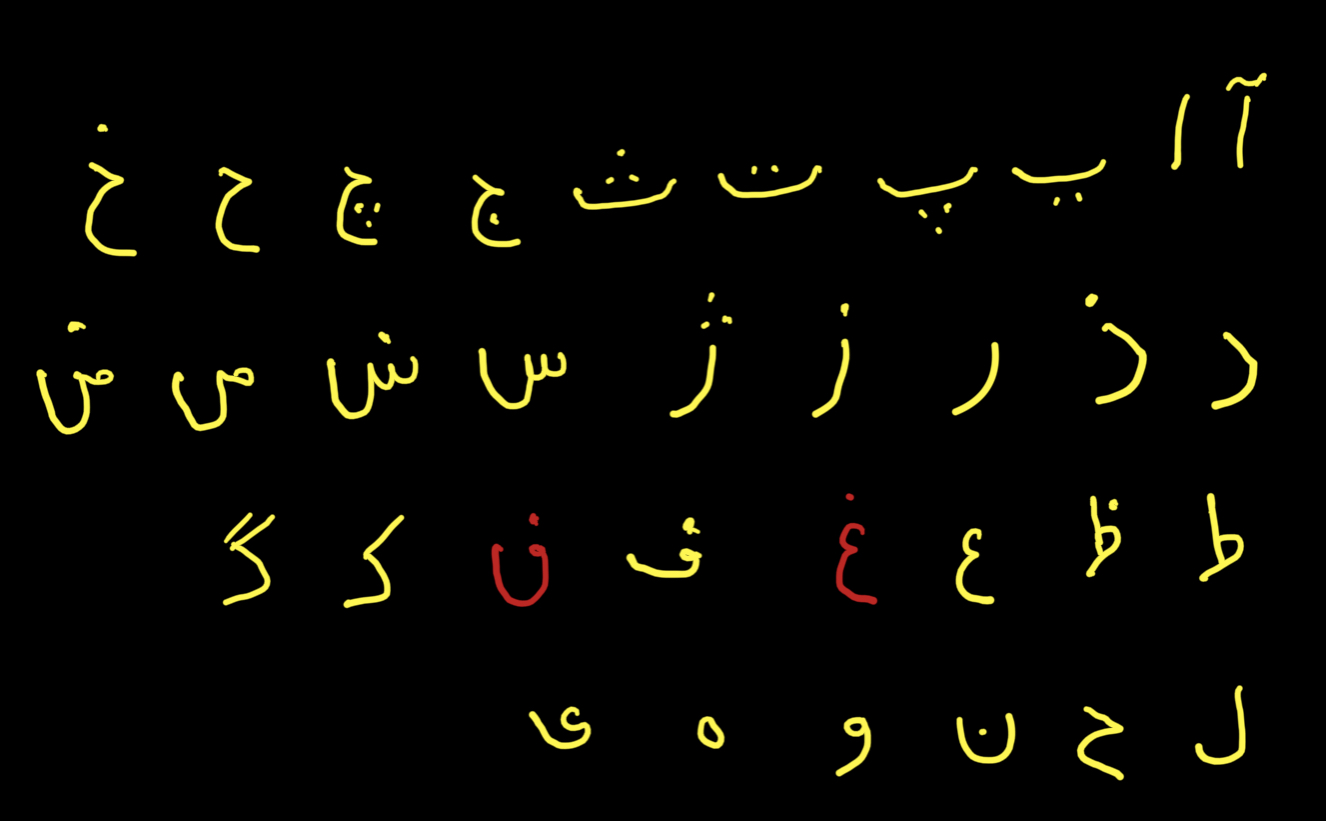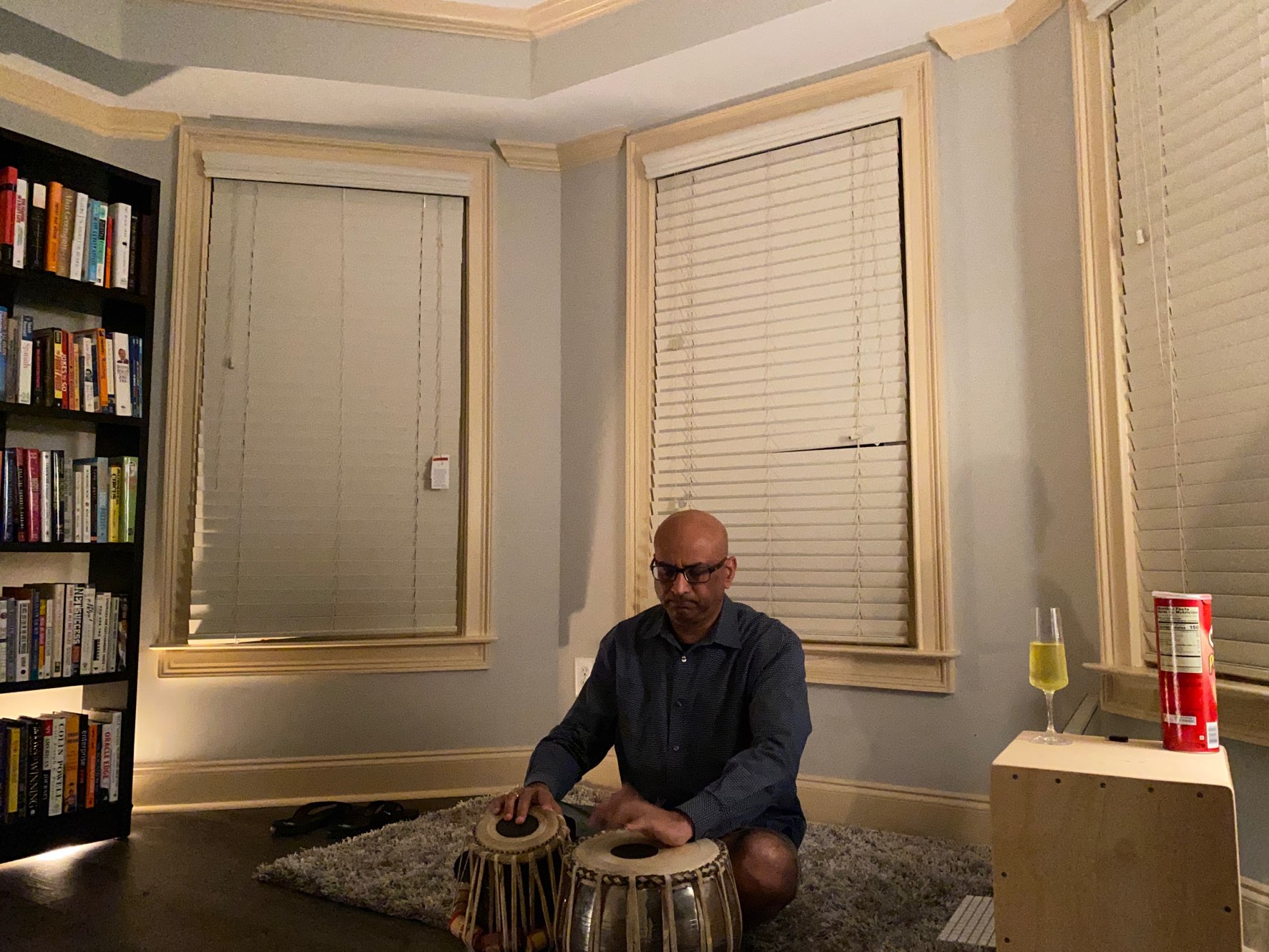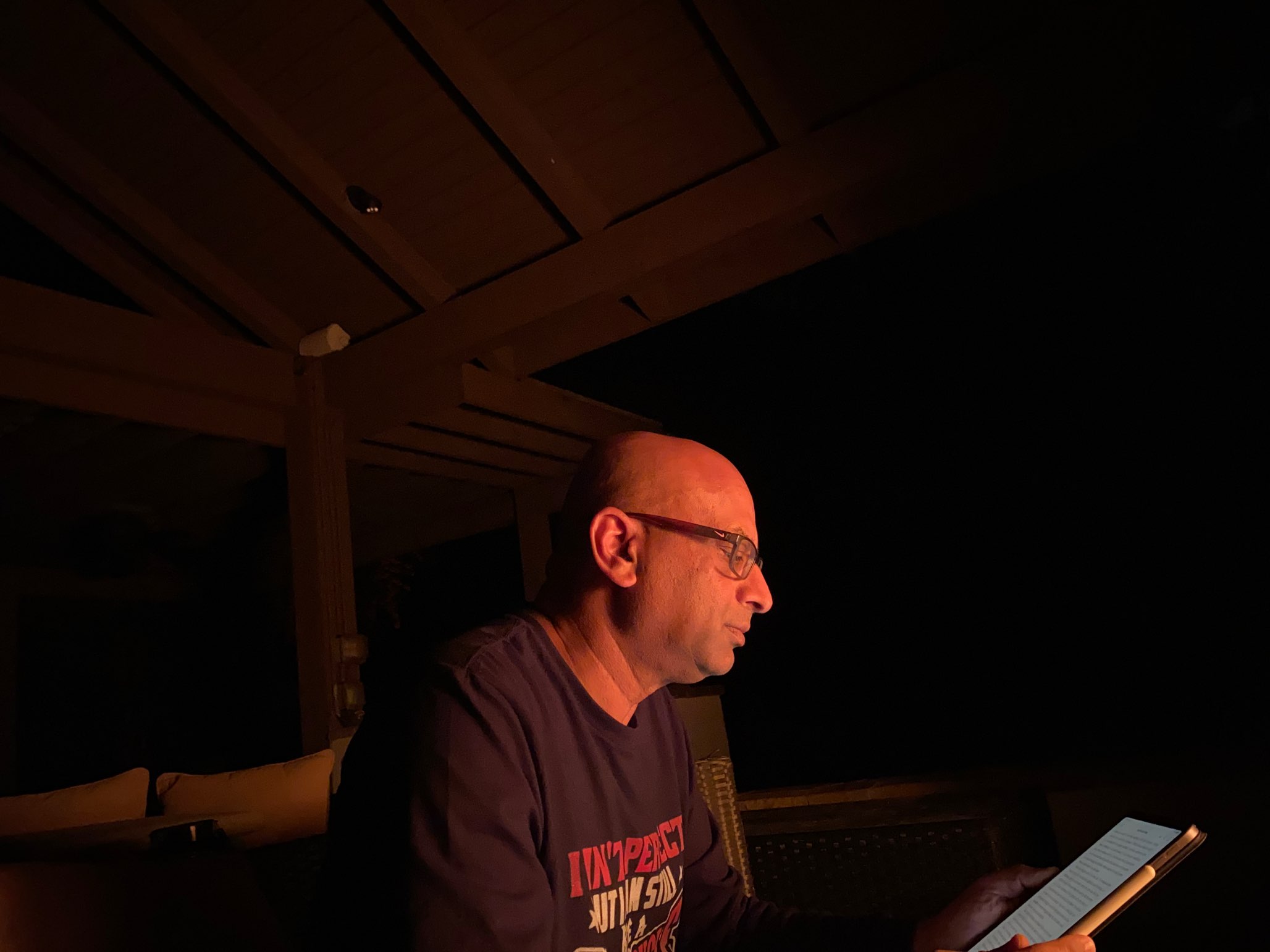This is an absorbing book if you have any cursory interest in numbers and how they came about. Alex Bellos, a British journalist has a good story telling style and presents fairly well some of the mysteries behind numbers.
For example, did you know…
… if we did not go thru math classes, we would naturally think of numbers in logarithmic scale? We would think 1,2,3, a few, many… We understand ratios better than differences. (Remember that example from a previous post on why we would not walk 50 yards to buy a car for one buck less but will do so for a 2-buck coffee?).
… that base 10 is very inconvenient? 12 is the most convenient base (explaining 60 minutes to an hour, 12 inches to a foot…). But 10 became standard because it was easier to count with our fingers that way. Ever wondered why a finger is also called a ‘digit’?
… there are some fascinating stories about Pi. You can read about them in a prior post here
… why do we call a variable “x”? Originally we used upper case vowels for variable and consonants for constants. Descartes switched to lower case. He denoted variables from the end… “z”, “y”… and constants from the front “a”, “b”… But while publishing his book, the printer started running out of “z”s and asked if he could use “x”. (there was not much use of “x” in words). Descartes replied that he did not care. The rest became history. If not for the printer running out of letters, we could have had Z-Rays to check your chest infection today or Malcolm Z !!
… what an ambigram is? See this post on how I now have started writing my name in ambigram.
… that the largest number smaller than 1 simply does NOT exist?
… that leaves tend to sprout out at 137.5 degrees relative to the previous leaf? (if you see from the top of the shoot) This is rooted in the Golden Ratio and Fibonacci sequence. (It maximizes the sunlight the plant can get regardless of the number of leaves)
… (speaking of Fibonacci numbers)… that most flowers have petals that is a number in the Fibonacci sequence? So do the spirals in a pineapple, spruce cones, sunflowers…
This and many other fascinating facts that our teachers never used to make math really interesting to us can be found in this book. You do not need to know math to enjoy this easy reading book
Highly recommend it.
